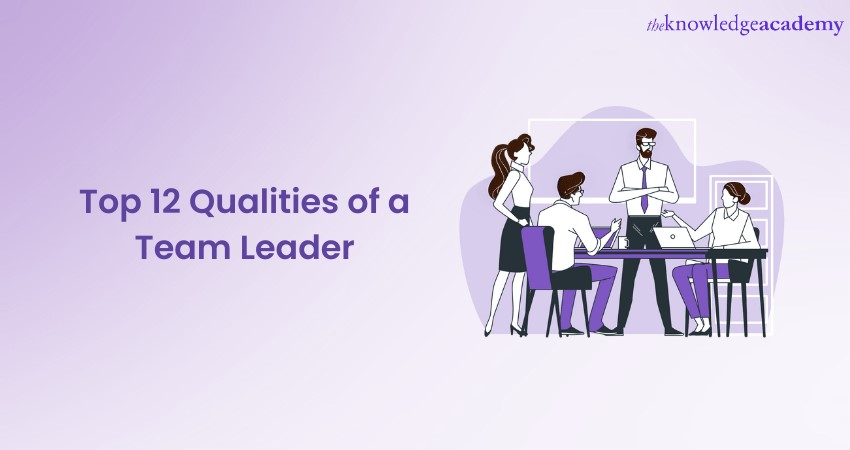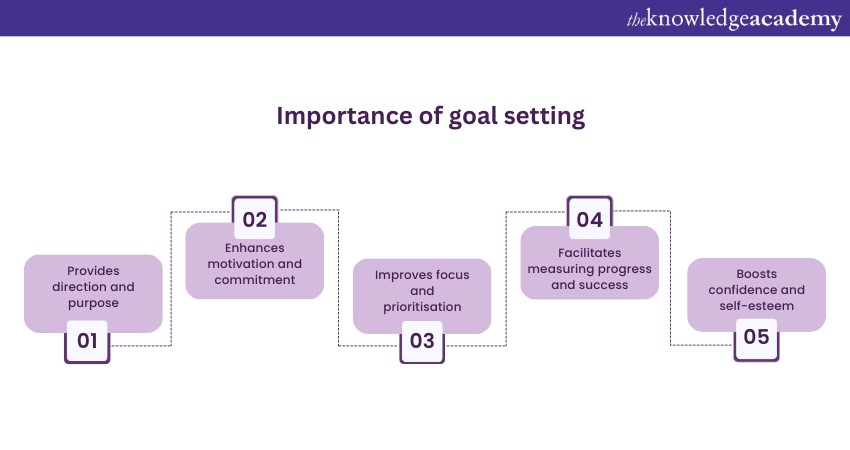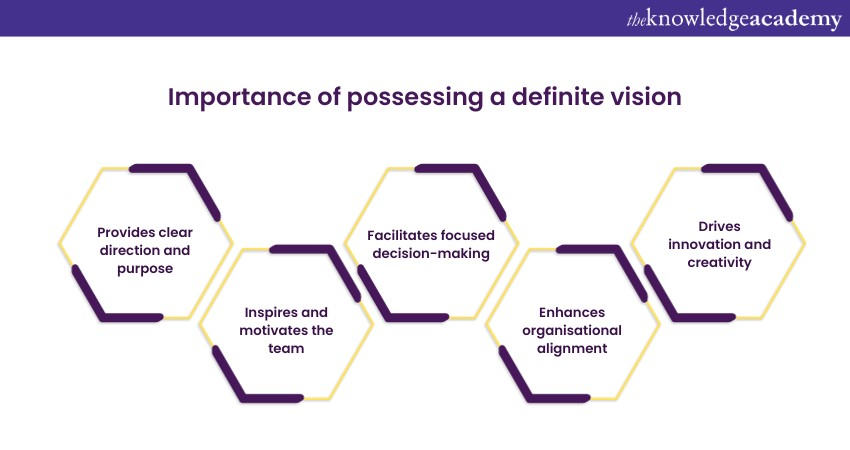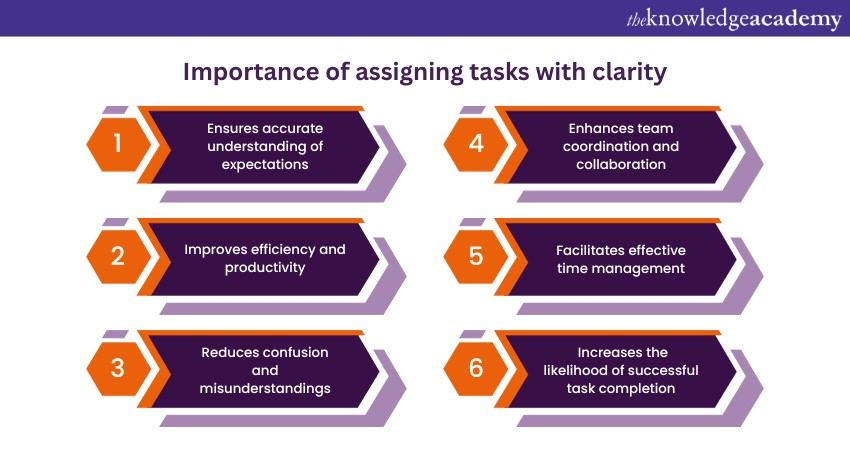We may not have the course you’re looking for. If you enquire or give us a call on +1 7204454674 and speak to our training experts, we may still be able to help with your training requirements.
Training Outcomes Within Your Budget!
We ensure quality, budget-alignment, and timely delivery by our expert instructors.

Effective Team Leadership is crucial for any organisation's success, and understanding the key qualities that make a great Leader is essential. The various Team Leader Qualities that help an organisation achieve targets and retain the workforce is a blend of positive skills and attributes. These qualities involve empathy, understanding team members' perspectives, and fostering a supportive environment. In this blog, you will learn some of the top 12 Team Leader Qualities necessary to be a part of management that drives a positive work environment and success.
Table of Contents
1) Qualities of Good Team Leaders
a) Attentive listening
b) Convey your thoughts with clarity
c) Display dedication
d) Achieve goals punctually
e) Build confidence
f) Ensure responsibility within your team
g) Possess a definite vision
h) Practice critical thinking
i) Show respect
j) Assign tasks with clarity
k) Think strategically
l) Provide input
2) Conclusion
Qualities of Good Team Leader
In this section, we will discuss, in detail, the various qualities of a good Team Leader. Some of these important qualities are:
Attentive listening
Attentive listening is not just about hearing words; it’s about understanding the message, emotions, and intentions behind them, fostering a more cohesive, trusting, and effective team. Here are some more important aspects of this skill:
a) Active engagement: Attentive listening goes beyond mere hearing. It involves actively engaging with the speaker and showing genuine interest in their words. This can be demonstrated through nodding, maintaining eye contact, and offering appropriate verbal acknowledgments.
b) Empathy and understanding: By attentively listening, a Team Leader can better understand the perspectives and feelings of team members. This empathetic approach fosters a supportive environment where individuals feel valued and heard.
c) Encouraging open communication: When a Leader is known for attentive listening, it encourages team members to share ideas, concerns, and feedback openly. This open communication can lead to innovative solutions and better team cohesion.
d) Building trust: Attentive listening helps in building trust within the team. When team members feel listened to, they are more likely to trust their Leader and feel more connected to the team.
e) Improving decision-making: By attentively listening to diverse viewpoints, a Leader can make more informed and comprehensive decisions. This inclusive approach can enhance the quality of decisions, benefiting the entire team.

Convey your thoughts with clarity
Conveying thoughts with clarity is a fundamental skill for effective Leadership. Here are some more of its essential aspects:
a) Simplicity in language: Clear communication involves using simple, direct language. It's about avoiding jargon or overly complex terms that might confuse the audience. The goal is to be easily understood by everyone, regardless of background or expertise.
b) Structured messaging: Organising thoughts in a logical, coherent manner is key. This might involve presenting ideas sequentially or using lists and bullet points. A well-structured message ensures the audience can easily follow and understand the main points.
c) Consistency: Consistency in messaging helps reinforce the core message. It involves repeating critical points in different ways to ensure understanding and retention.
d) Tailoring the message: A good Leader knows their audience and tailors their message accordingly. This involves considering the audience's knowledge level, interests, and concerns and adjusting the message to resonate with them.
e) Non-verbal cues: Effective communication isn't just about what is said but also how it's said. Non-verbal cues such as body language, facial expressions, and tone of voice are essential in conveying messages.
Display dedication
Dedication as a Team Leader involves a multifaceted approach, embodying commitment, passion, and a strong work ethic. This is how it is an important quality that a good Team Leader must possess:
a) Consistent effort: Dedication is demonstrated through constant effort and perseverance, especially during challenging times. A dedicated Leader stays the course, tirelessly working towards goals and motivating the team to do the same.
b) Leading by example: A Leader shows dedication by being the first to arrive and the last to leave, setting a standard for the team. This active involvement in all aspects of work showcases a commitment that inspires others.
c) Commitment to quality: Displaying dedication also means a commitment to excellence. A Leader dedicated to quality will not settle for mediocrity but will strive for the highest standards in every task and encourage the team to do the same.
d) Personal investment: Dedication is evident when a Team Leader is personally invested in their projects' success and their team members' growth. This investment often translates into taking extra time to mentor team members and support their development.
e) Resilience in adversity: Dedication shines through when facing obstacles. A dedicated Leader remains steadfast, finding solutions and navigating challenges without losing sight of the end goal.
Are you interested in elevating your Leadership skills? Register now for our Leadership Training!
Achieve goals punctually
Achieving goals punctually is a critical aspect of effective Team Leadership. This is why it is an essential skill that a Team Leader must possess:

a) Setting realistic deadlines: Effective Leaders set achievable, realistic deadlines. They understand their team's capabilities and allocate time accordingly, ensuring goals are challenging yet attainable within the specified timeframe.
b) Effective planning: Punctual goal achievement starts with meticulous planning. This includes breaking down larger goals into smaller, manageable tasks and setting interim milestones. Good planning accounts for potential obstacles and has contingency plans.
c) Time management: Team Leaders must exemplify excellent time management skills, prioritising tasks and managing their time effectively. This sets a precedent for the team and helps maintain focus on critical deadlines.
d) Clear communication of expectations: Communicating deadlines and expectations clearly and early is vital. Everyone on the team should be aware of their roles and the timelines they need to adhere to.
e) Monitoring progress: Regularly checking on the progress of tasks ensures that everything is on track. This also allows for early identification of any issues or delays,
Build confidence
Understanding yourself and having confidence as a Team Leader is crucial for effective Leadership, involving several interconnected aspects:
a) Self-awareness: A Team Leader who is self-aware can leverage their strengths effectively and work on their weaknesses, leading to more effective Leadership.
b) Emotional intelligence: It is crucial that, as a Team Leader, you should understand your own emotions and how they can impact your thoughts and behaviour. This self-regulation prevents negative emotions from clouding judgment or affecting interactions with team members.
c) Confidence in decision-making: This stems from a clear understanding of one’s abilities. This confidence is crucial when making decisions, especially under pressure. A confident Leader can inspire and instil confidence in their team.
d) Continuous self-improvement: Recognising areas for personal development and actively seeking to improve them demonstrates a commitment to excellence. This growth mindset also encourages a similar attitude among team members.
e) Authenticity: Being true to yourself and maintaining authenticity in actions and decisions builds trust and respect within the team. Authentic Leaders are more approachable and relatable.
Do you want to learn effective strategies to inspire and drive your team toward excellence? Sign up now for our Staff Motivation Training!
Ensure responsibility within your team
Ensuring responsibility within a team is a crucial aspect of effective Leadership, involving several strategies:
a) Clear role definition: Assigning clear roles and responsibilities to each team member is the foundation of accountability. Everyone must understand their duties and how their work contributes to the objectives.
b) Setting expectations: Along with defining roles, setting clear, measurable expectations is essential. This includes establishing performance standards and timelines and ensuring team members know what is expected of them.
c) Empowerment and trust: Empowering team members by giving them autonomy in their tasks fosters a sense of ownership. Trusting them to complete their work without micromanaging encourages responsibility.
d) Encouraging open communication: Maintaining open lines of communication allows team members to raise concerns or ask for help when needed. This approach ensures that problems are addressed promptly, preventing delays or errors.
e) Providing necessary resources: Equipping the team with the essential tools, information, and training enables them to fulfil their responsibilities effectively.
Possess a definite vision
Possessing a definite vision is a key trait of successful Leadership. Here are some points which can help you understand why this skill is necessary:

a) Clarity of purpose: A Team Leader's vision should be clear and well-defined. It articulates a specific, achievable future state or goal the Leader is passionate about. This clarity helps in guiding the direction of the team and organisation.
b) Communicating the vision: Effectively communicating the vision to the team is crucial. It involves stating the vision and explaining its rationale, how it aligns with the organisation’s goals, and each team member's role in achieving it.
c) Inspiring and motivating: A compelling vision can inspire and motivate team members. It should create excitement and a sense of purpose, encouraging team members to commit to achieving common goals.
d) Alignment with organisational values: The vision should align with the core values and culture of the organisation. This alignment ensures consistency and fosters team members' sense of belonging and purpose.
e) Adaptability and resilience: While definite, a vision must also be adaptable. A good Team Leader remains open to refining their vision in response to changing circumstances or new insights, maintaining relevance and achievability.
Practice critical thinking
Practicing critical thinking is an essential skill for effective Leadership, encompassing a range of abilities and approaches:
a) Objective analysis: Critical thinking involves objectively analysing situations, problems, and decisions. Team Leaders must assess information and situations without letting personal biases or emotions unduly influence their judgment.
b) Evaluating evidence: An essential aspect of critical thinking is assessing the validity and relevance of information. Team Leaders should question assumptions, identify sources of information, and weigh evidence before reaching conclusions.
c) Problem-solving: Critical thinkers are adept at problem-solving. They approach challenges methodically, breaking them into manageable parts and exploring various solutions before deciding on the most effective action.
d) Decision-making: Effective critical thinking enhances decision-making skills. Team Leaders must be able to weigh the pros and cons of different options, considering both short-term and long-term implications.
e) Innovative thinking: Critical thinking also involves thinking creatively and innovatively. It’s about looking beyond the obvious solutions and exploring new ways to tackle challenges.
Learn how to enhance your decision-making skills with our Decision-Making Skills Training!
Show respect
Showing respect as a Team Leader is fundamental to creating a positive and productive work environment. It involves several key behaviours and attitudes:
a) Active listening: Respect is often demonstrated through active listening. This means giving undivided attention to team members when they speak, acknowledging their ideas, and considering their input seriously.
b) Valuing contributions: Every team member brings unique skills and perspectives. Respecting them involves recognising and appreciating their contributions, regardless of their role or seniority.
c) Encouraging inclusivity: As a respectful Team Leader, you should promote an inclusive environment where all team members feel valued and accepted. It would be best to be mindful of cultural differences and ensure everyone had an equal opportunity to contribute and succeed.
d) Constructive feedback: Providing feedback in a constructive, non-confrontational manner is a key aspect of showing respect. It’s about focusing on the issue, not the person, and offering guidance for improvement.
e) Empathy and understanding: Understanding and being sensitive to the feelings and circumstances of team members fosters a respectful and supportive work environment.
Assign tasks with clarity
Assigning tasks with clarity is a key Leadership skill that enhances team efficiency and performance:

a) Specific objectives: Clearly define what needs to be achieved, outlining clear goals and outcomes.
b) Detailed instructions: Provide comprehensive instructions, including the steps or methods to be used.
c) Expected standards: Communicate the quality and standards expected for the task.
d) Timelines and deadlines: Set clear timelines and deadlines for task completion.
e) Resources available: Specify the resources and support available to complete the task.
Think strategically
Thinking strategically is a crucial skill for effective Leadership, enabling long-term success and adaptability:
a) Big picture focus: Consider the organisation's overall vision and long-term goals rather than immediate needs.
b) Analysing trends: Stay informed about industry trends, market changes, and emerging technologies that could impact the organisation.
c) Understanding competitors: Analyse competitors’ strengths and weaknesses to identify opportunities and threats.
d) Resource allocation: Wisely allocate resources, including time, personnel, and finances, for optimal efficiency and effectiveness.
e) Risk management: Anticipate potential risks and develop contingency plans to mitigate them.
Provide input
Providing input as a Leader involves several key approaches to guide and influence your team effectively:
a) Clear communication: To avoid misunderstandings, articulate your thoughts and suggestions clearly and concisely.
b) Constructive feedback: Offer constructive feedback focused on improvement rather than just criticism.
c) Solution-oriented suggestions: When identifying problems, provide possible solutions or ideas to address them.
d) Encouraging innovation: Encourage creative thinking and new ideas, showing openness to different perspectives.
e) Knowledge sharing: Share your expertise and experience to guide and mentor team members.
Are you interested in equipping yourself with essential skills and knowledge for effective team management and Leadership? Join now for our course on Introduction to Supervising a Team!
Conclusion
In this blog, we discussed some of the most critical Team Leader Qualities, which are essential for retaining the workforce and contributing towards the organisation's success. From this blog, we hope you have learned the importance of Leadership, accountability, communication, etc., which form the foundation of effective team leadership and foster a positive work culture.
Learn how to gain the skills to inspire, guide, and grow your team with our course on Successful People Management and Team Leadership!
Frequently Asked Questions
Upcoming Business Skills Resources Batches & Dates
Date
 Introduction to Supervising a Team
Introduction to Supervising a Team
Fri 17th Jan 2025
Fri 21st Feb 2025
Fri 4th Apr 2025
Fri 6th Jun 2025
Fri 8th Aug 2025
Fri 10th Oct 2025
Fri 26th Dec 2025







 Top Rated Course
Top Rated Course


 If you wish to make any changes to your course, please
If you wish to make any changes to your course, please


